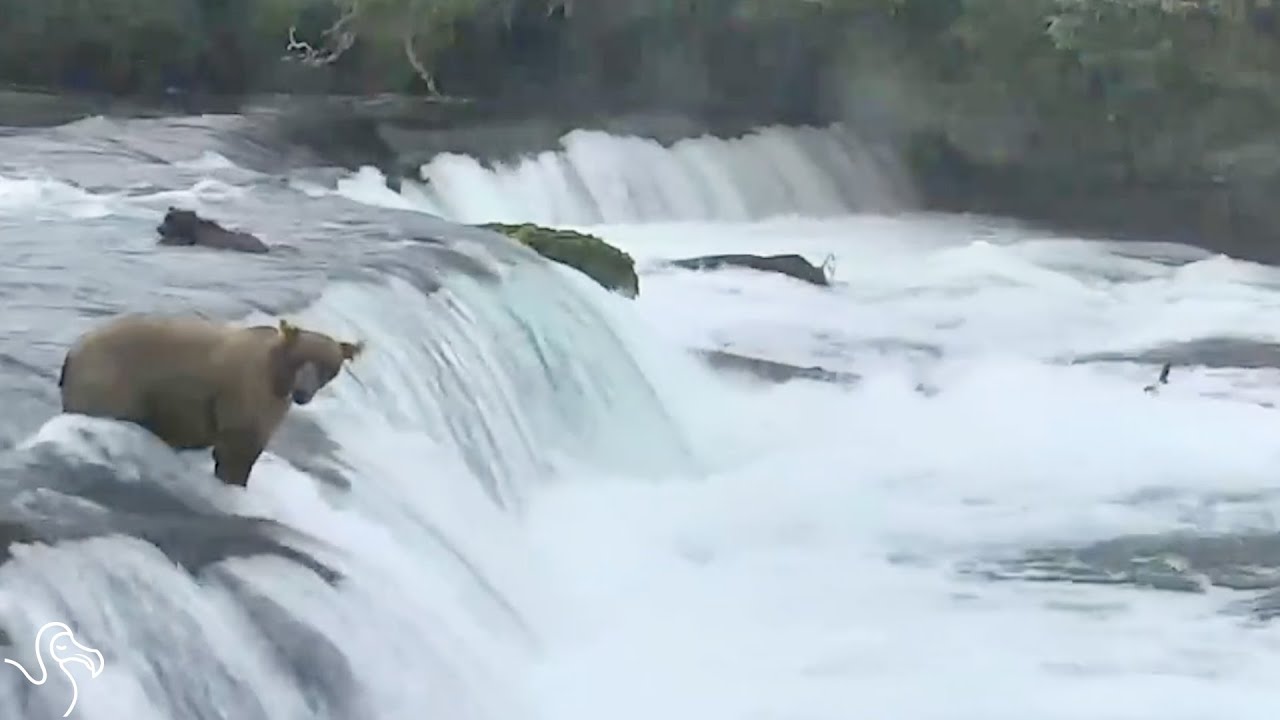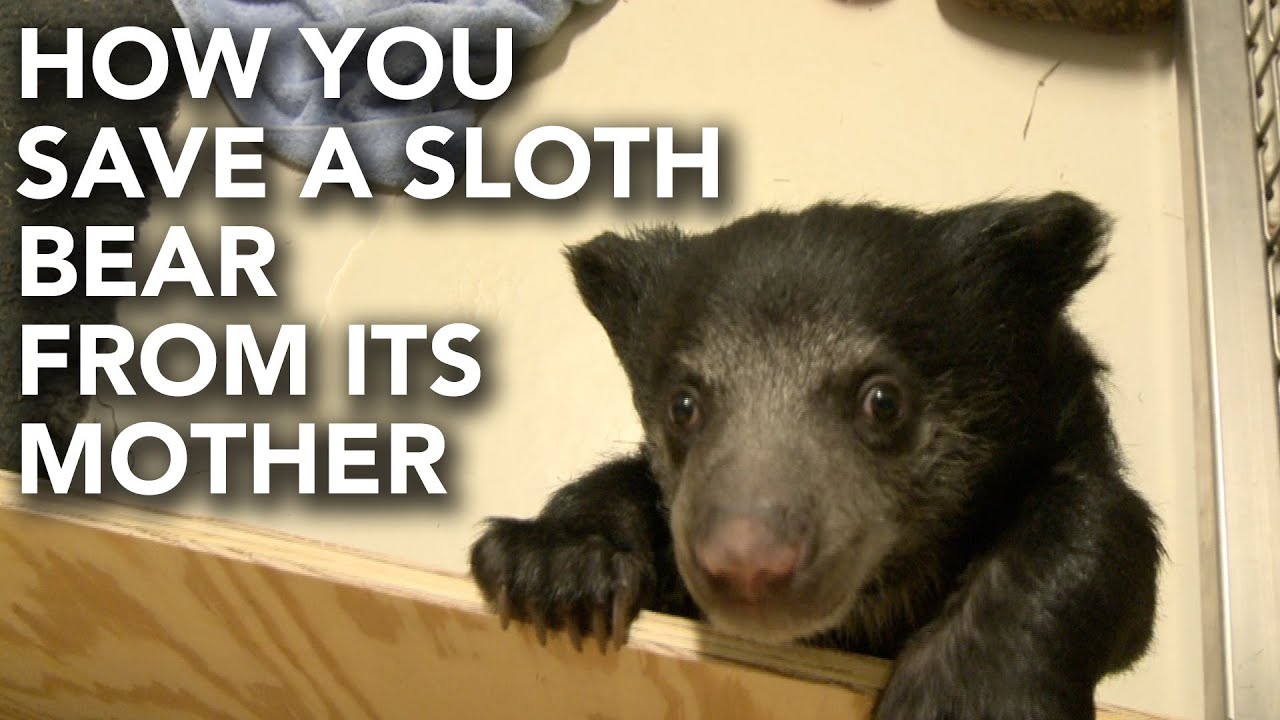Whats wrong with the mom in the bear – What’s wrong with the mom in the bear? This intriguing question sets the stage for an exploration into the behavior and environment of a mother bear, revealing the complexities of wildlife and the challenges faced by these majestic creatures.
Delving into the intricacies of the mother bear’s behavior, we uncover unusual patterns and interactions with her cubs, prompting an investigation into the underlying causes of her atypical actions.
Behavioral Analysis of the Mother Bear

The mother bear in the video exhibits a range of behaviors that are concerning and deviate from typical maternal care in bears. Her interactions with her cubs suggest a lack of nurturing and protective instincts, which is essential for the survival and well-being of bear cubs.
Unresponsive and Distant Behavior
- The mother bear remains aloof and disengaged from her cubs, showing little interest in their presence or well-being.
- She does not respond to their cries or attempts to nurse, leaving them vulnerable and unattended.
- Her lack of responsiveness and engagement indicates a significant departure from normal maternal behavior in bears.
Physical Health Assessment of the Mother Bear: Whats Wrong With The Mom In The Bear

The physical appearance and condition of the mother bear provide valuable insights into her overall health and well-being. A thorough physical examination can reveal signs or symptoms indicative of underlying medical issues or injuries that may impact her behavior and ability to care for her cubs.
General Appearance
- Body weight and condition:Assessing the mother bear’s weight and overall body condition helps determine if she is underweight, overweight, or within a healthy range. Extreme weight loss or gain can indicate underlying health problems.
- Fur condition:A healthy bear’s fur should be thick, shiny, and well-groomed. Dull, matted, or patchy fur can suggest malnutrition, disease, or stress.
- Skin and eyes:The skin should be clear and free of lesions or wounds. Eyes should be bright and responsive, with no signs of discharge or inflammation.
Musculoskeletal System
- Mobility and gait:Observe the bear’s mobility and gait for any signs of lameness, stiffness, or difficulty moving. These symptoms may indicate musculoskeletal injuries or conditions.
- Body posture:Note the bear’s body posture. A hunched back or arched neck can indicate pain or discomfort.
Cardiovascular System
- Heart rate and rhythm:A veterinarian can measure the bear’s heart rate and rhythm to assess cardiovascular health. Abnormal heart rate or rhythm may indicate underlying heart conditions.
Dental Health, Whats wrong with the mom in the bear
- Tooth condition:Examine the bear’s teeth for signs of decay, breakage, or infection. Dental problems can cause pain and difficulty eating, affecting the bear’s overall health.
Environmental Factors Impacting the Mother Bear

The mother bear’s behavior may be influenced by a multitude of environmental factors that can impact her well-being and ability to care for her cubs. These factors include the availability of food, shelter, and water in her habitat, as well as the presence of human activity or other environmental stressors.
Availability of Resources
The availability of essential resources such as food, shelter, and water is crucial for the survival and health of the mother bear and her cubs. A lack of these resources can lead to malnutrition, dehydration, and increased vulnerability to predators.
Human Activity and Environmental Stressors
Human activity, such as habitat destruction, hunting, and tourism, can significantly impact the well-being of mother bears. Habitat destruction can reduce the availability of food and shelter, while hunting can directly threaten the lives of bears. Tourism can also disrupt the bears’ natural behavior and increase stress levels.
Other environmental stressors, such as climate change and pollution, can also affect the mother bear’s health and behavior. Climate change can alter the availability of food and water, while pollution can contaminate their environment and lead to health problems.
Final Summary
Our analysis unveils a tapestry of factors influencing the mother bear’s well-being, from physical health concerns to environmental stressors. By understanding these multifaceted elements, we gain a deeper appreciation for the delicate balance of nature and the importance of protecting wildlife.
FAQ Resource
Why is the mother bear exhibiting unusual behaviors?
The mother bear’s atypical behavior could stem from various factors, including underlying health issues, environmental stressors, or changes in her social dynamics.
What physical signs may indicate health problems in the mother bear?
Physical signs to watch for include lethargy, weight loss, abnormal coat condition, and any visible injuries or wounds.

